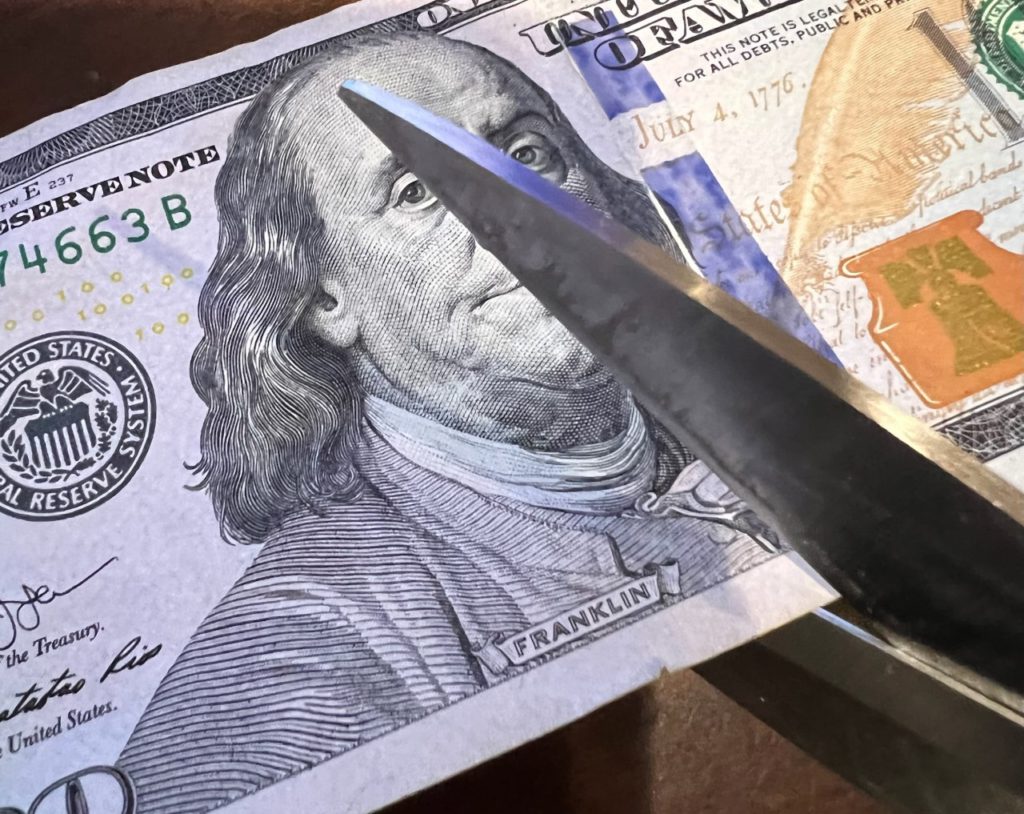Let’s all face it, inflation sucks! The higher wages have still not kept up with continually escalating living expenses. Comparing the cost of living in 2022 versus pre-pandemic times (2019) can be quite depressing as some costs have risen 20% (or much higher). Americans have used side-hustles and the gig economy for a myriad of reasons and now there are many more who are using those side hustles to fight inflation.
As Collectors Dashboard has to care about the economy while it evaluates collectibles, this all begs a question — are those side-hustles also going to help keep collectors engaged when they might have otherwise needed to take a break from their collections? It may depend upon the age of the collectors, and other factors.
Here is where this all breaks down. Bankrate conducted a 1,000 person survey about a softening jobs market along with higher inflation hitting consumers, specifically about turning to the gig economy or side hustles. The pre-pandemic needs like paying off debt and saving money are now being put toward making ends meet. This sounds scary enough on the surface, but when you break out percentages it also means there is an still army of Americans who might still use those side hustles to pay for their prized collectibles, taking vacations, entertainment and so on.

Breaking the Buck
Bankrate’s recent side gig survey showed that 41% of U.S. adults with a side job in 2022 have these gigs to help them pay for everyday living expenses. That’s up from 31% from their 2019 survey (pre-pandemic). This is a huge number of course. Bankrate further outlined that fewer people are putting their gig income towards savings, at a rate of 17% versus 24% in 2019. Fewer are also using that gig cash for discretionary spending, down to 26% from 36% back in 2019.
According to Ted Rossman, Bankrate’s Senior Industry Analyst:
Unfortunately, due to high inflation and other financial burdens, more side hustlers are working a side job just to make ends meet. Instead of using this income to boost savings, knock out debt or pay for a vacation, there has been a big increase in people who simply use these funds to pay for everyday living expenses.
The amazing part of this survey is that more people have now moved to “living expenses” versus “disposable income for spending” in the survey. Those flopped as you can see above. Will that continue to weigh on the price of key collectibles like baseball and basketball cards? or coins? or watches? or comic books? or wine and whiskey?
There was another issue that had to be given some thought here. Bankrate showed that 53% of the older millennials with side hustles (ages 33 to 41) are using the cash the extra money to pay for living expenses. It also showed that 48% of women are using that extra cash for living expenses.
It was noted above that age may play a role on what the extra gig cash gets used for. Bankrate pointed out that Gen Z is using that extra cash for fun, with 42% of Gen Z side hustlers listed as the only generation mostly using their extra cash for disposable income.
One interesting aspect about the data is that the 1,000 respondents submitted their answers from May 20 through May 23, 2022. That means that this sampling was before the summer travel malaise, before the most recent peak-inflation data in June and July, before the second quarter GDP was yet again in the red, before the job market was softening, and before the stock market panic had peaked (mid-June). That might imply that these numbers are even worse than they would appear on a real-time basis today.
Something to think about. And yes, we all need to admit that collectibles would fall under discretionary spending rather than living expenses.
This may seem trivial to consider what the impact is on collectibles when more and more Americans are just trying to make ends meet. That said, we all know some people in our circle of collectors who might rather trade a limb than stopping their prized collections from growing. And that person may be the one who stares back at you in the mirror.
Categories: Comic Books, Misc., Non-Sports, Sports, Watches & Jewelry, Wine & Whiskey


